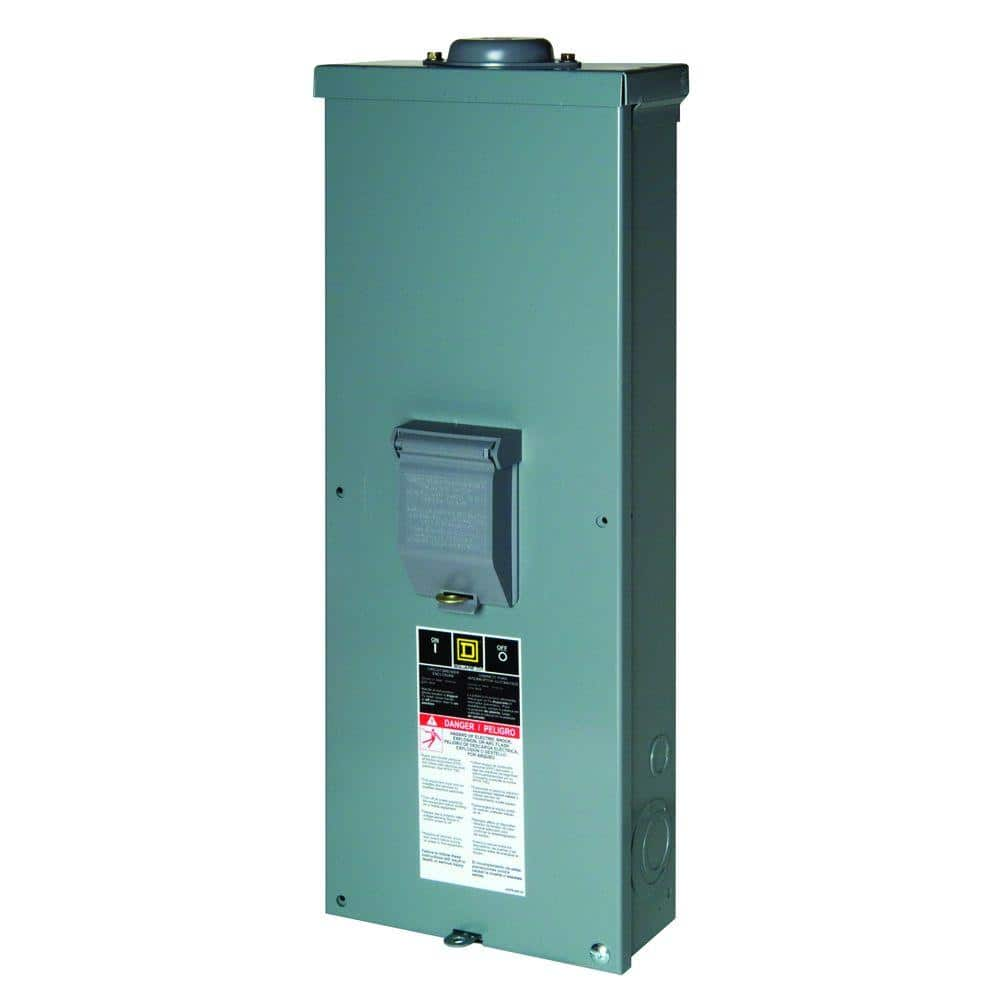Want ~14-15k, 32 to 40 400W panels, on a building distant, but fed, from the meter. Utility (net zero) said grid tied easily approved but hybrid required $$ meter changes, batteries and transfer switch 'near' the meter, not in a separate building. Noted that only two of the 30 or so nearby solar installs had battery or generator backup.
Growatt was an easy alternative to hybrid but reading other posts have me confused. I thought a grid tied inverter changed solar DC into AC and sent it to the grid. Then I read a comment about CTs managing a Growatt's output - really? I thought CTs were for hybrids and the less capable grid tied just sent max converted AC back to the meter and into the grid.
Second uncertainty is one or two inverters. I hoped to divide panels between two inverters and each would send their AC back to the meter. But another discussion here showed it was more complicated then that. As high Isc panels turn Growatts into single string MPPTs, having a pair would give me 6-8 strings, allowing for growth, rather than just 3 or 4 strings.
Can I get by without CTs, should I be happy with an 11.4 Growatt with 4 strings and lengthen strings as needed? It seemed so easy to change from hybrid to grid tied.
Growatt was an easy alternative to hybrid but reading other posts have me confused. I thought a grid tied inverter changed solar DC into AC and sent it to the grid. Then I read a comment about CTs managing a Growatt's output - really? I thought CTs were for hybrids and the less capable grid tied just sent max converted AC back to the meter and into the grid.
Second uncertainty is one or two inverters. I hoped to divide panels between two inverters and each would send their AC back to the meter. But another discussion here showed it was more complicated then that. As high Isc panels turn Growatts into single string MPPTs, having a pair would give me 6-8 strings, allowing for growth, rather than just 3 or 4 strings.
Can I get by without CTs, should I be happy with an 11.4 Growatt with 4 strings and lengthen strings as needed? It seemed so easy to change from hybrid to grid tied.





